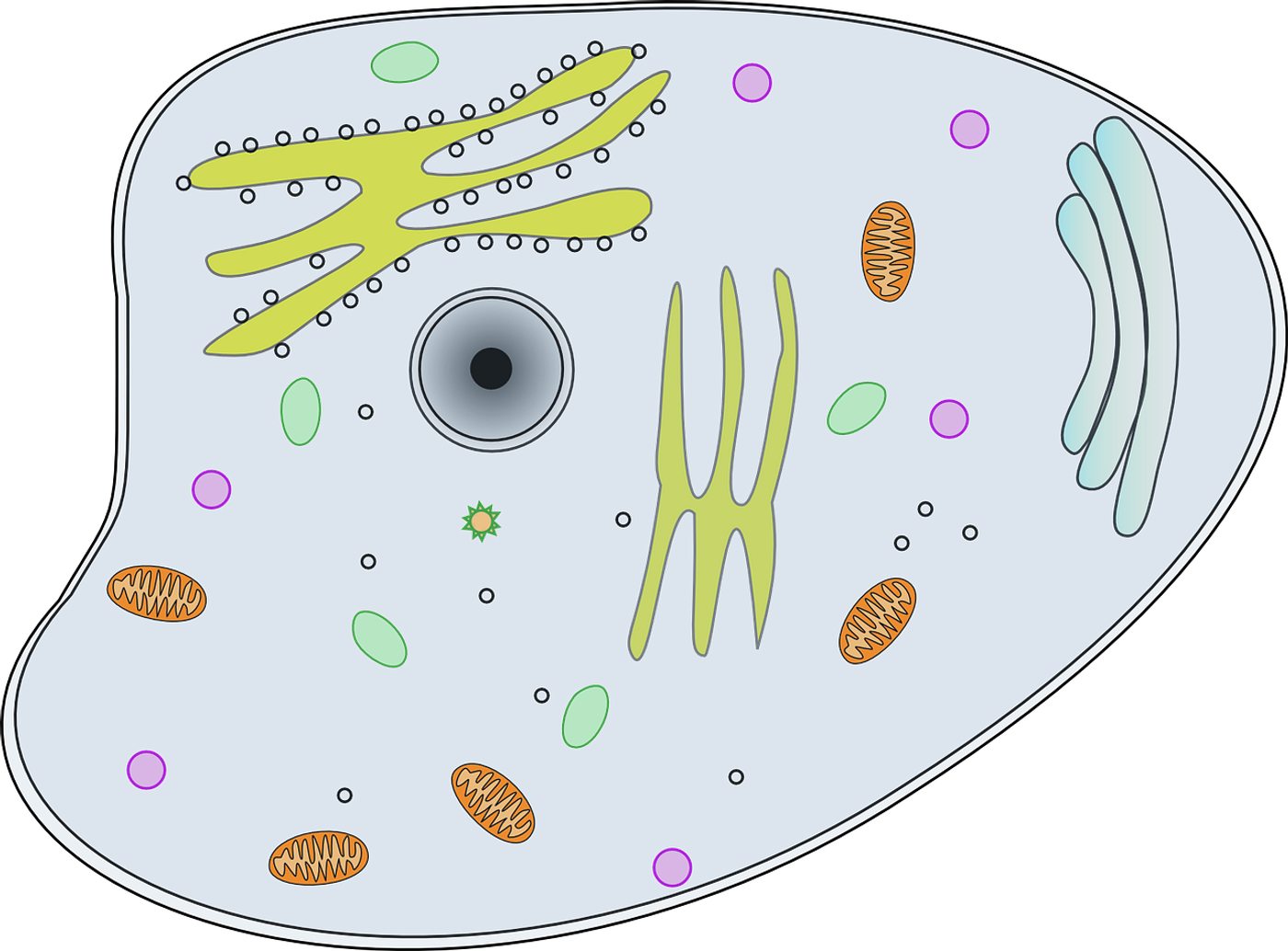Artificial cilia could someday power diagnostic devices
All living organisms are made of cells, as cells are the basic units of life. Cells are magnificent little things and the human body literally has trillions of them swirling around working hard to keep us functioning. Despite their microscopic size, they have various parts, each with a different function. One key part of a cell is the cytoskeleton, which is a network of long fibers that make up the cell’s structural framework. A key component of the cytoskeleton is cilia, are microtubule-based organelles, extending from the plasma membrane and coupled to the cytoskeleton.
Cilia are the body's diligent ushers. These microscopic hairs, which move fluid by rhythmic beating, are responsible for pushing cerebrospinal fluid in your brain, clearing the phlegm and dirt from your lungs, and keeping other organs and tissues clean. A technical marvel, cilia have proved difficult to reproduce in engineering applications, especially at the microscale. Until now.
In a recent study published in Nature, Cornell researchers have now designed a micro-sized artificial cilial system using platinum-based components that can control the movement of fluids at such a scale. The technology could someday enable low-cost, portable diagnostic devices for testing blood samples, manipulating cells or assisting in microfabrication processes.
"There are lots of ways to make artificial cilia that respond to light, magnetic or electrostatic forces," said Wei Wang, a doctoral student and lead author of the study. "But we are the first to use our new nano actuator to demonstrate artificial cilia that are individually controlled."’
The project, led by the paper's senior author, Itai Cohen, professor of physics in the College of Arts and Sciences, builds off a platinum-based, electrically-powered actuator -- the part of the device that moves -- his group previously created to enable microscopic robots to walk. The mechanics of those bending bot legs is similar, but the cilia system's function and applications are different, and quite flexible.
"What we're showing here," Cohen said, "is that once you can individually address these cilia, you can manipulate the flows in any way you want. You can create multiple separate trajectories, you can create circular flow, you can create transport, or flows that split up into two paths and then recombine. You can get flow lines in three dimensions. Anything is possible."
The team created a cilia device that is equipped with a complementary metal-oxide-semiconductor (CMOS) clock circuit -- essentially an electronic "brain" that allows the cilia to operate without being tethered to a conventional computer system. That opens the door to developing a host of low-cost diagnostic tests that could be performed in the field.
"You can imagine in the future, people taking this tiny centimeter-by-centimeter device, putting a drop of blood on it and conducting all the assays," Cohen said. "You wouldn't have to have a fancy pump, you wouldn't have to have any equipment, you would just literally put it under sunlight and it would work. It could cost on the order of $1 to $10."
What other functions do you think this new device could do? Only time will tell, and this is why we science!
As always, keep doing science & keep looking up!
Sources: National Geographic, National Library of Medicine, BioMed Central, Nature



![Master Lab Weighing: Accuracy, Compliance & Audits [eBook]](https://d3bkbkx82g74b8.cloudfront.net/eyJidWNrZXQiOiJsYWJyb290cy1pbWFnZXMiLCJrZXkiOiJjb250ZW50X2FydGljbGVfcHJvZmlsZV9pbWFnZV85MWRmZmRjMDIwNDBlMWJjMzYwN2ZiYWY2ZjI4ZGMzYzBmZGMwZGMyXzkxOTcucG5nIiwiZWRpdHMiOnsidG9Gb3JtYXQiOiJqcGciLCJyZXNpemUiOnsid2lkdGgiOjcwMCwiaGVpZ2h0IjozNTAsImZpdCI6ImNvdmVyIiwicG9zaXRpb24iOiJjZW50ZXIiLCJiYWNrZ3JvdW5kIjoiI2ZmZiJ9LCJmbGF0dGVuIjp7ImJhY2tncm91bmQiOiIjZmZmIn19fQ==)





